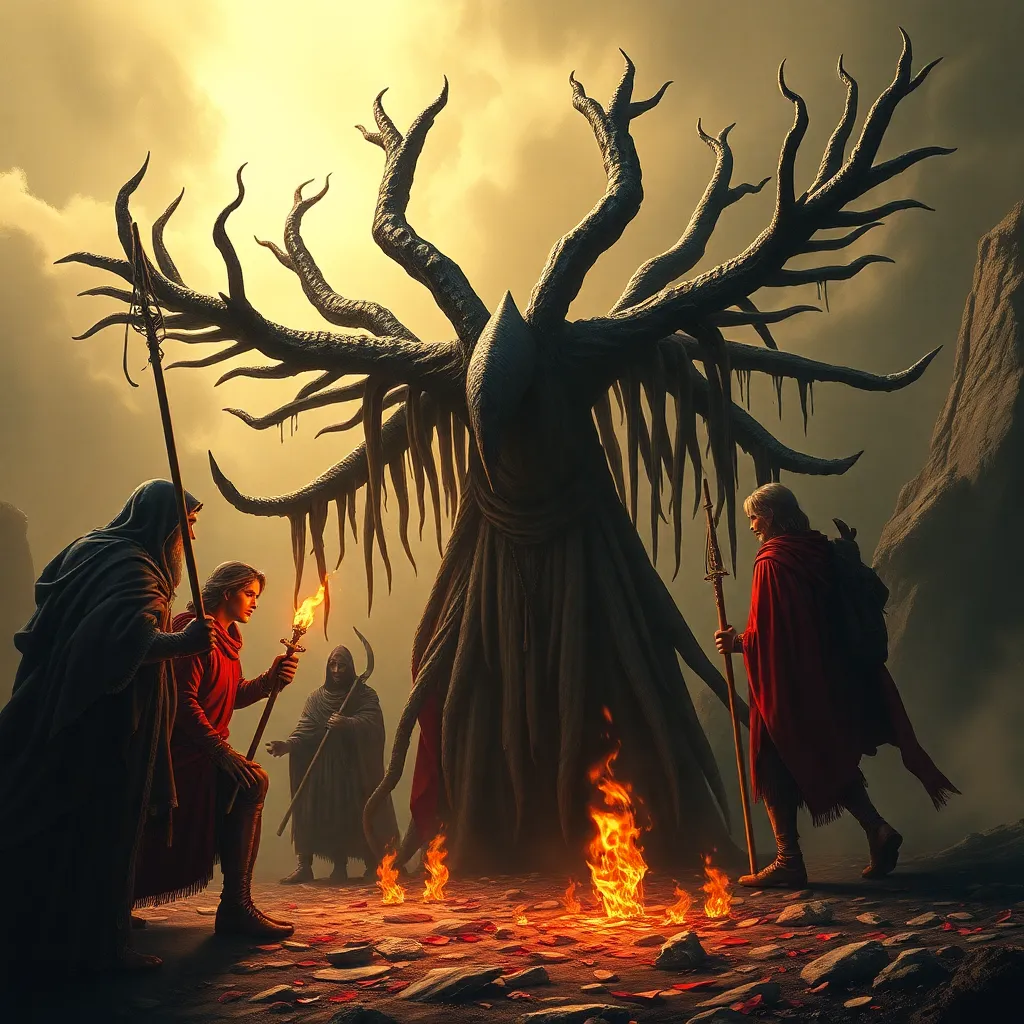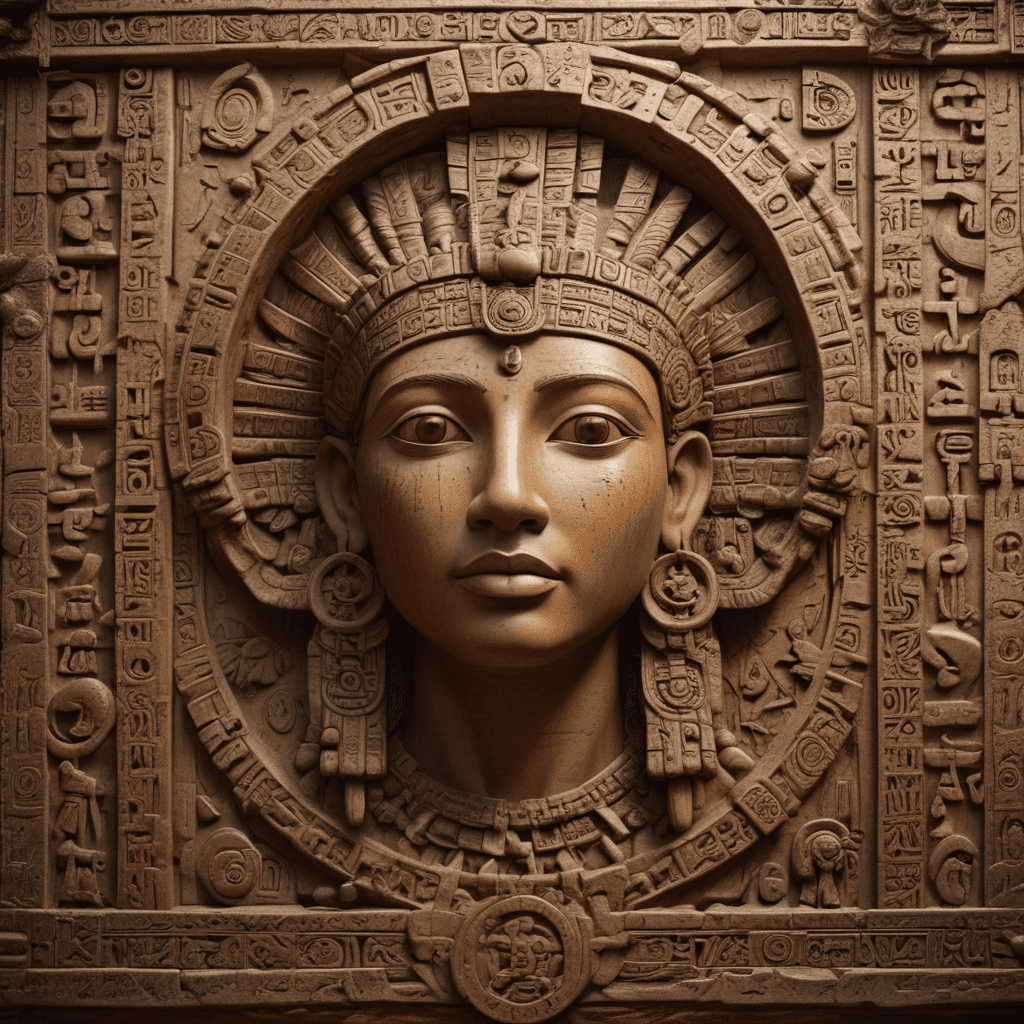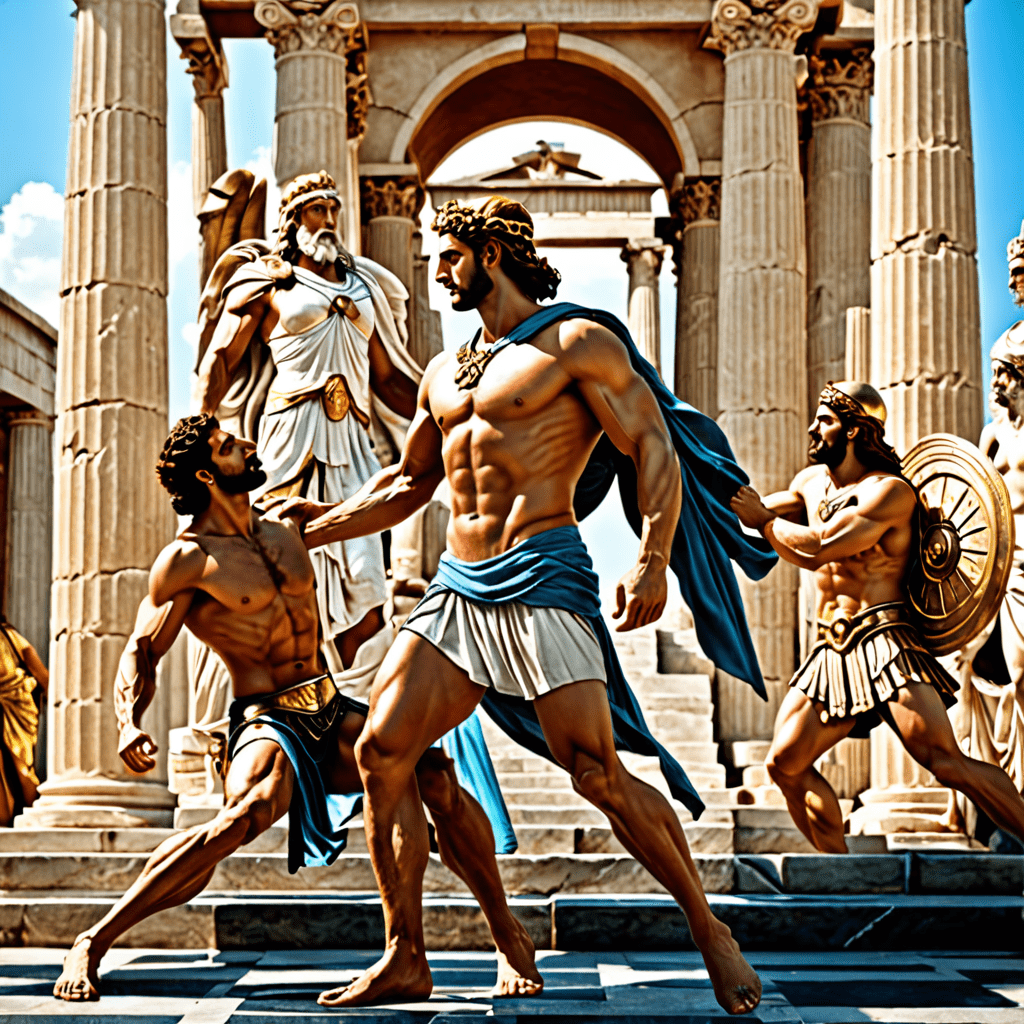The Strigoi and the Power of Storytelling: The Role of Myth in Shaping Culture
1. Introduction to the Strigoi: Mythical Origins and Cultural Significance
The Strigoi are a captivating element of Romanian folklore, often depicted as restless spirits or the undead. Defined by their supernatural characteristics, Strigoi are believed to possess the ability to transform into animals, become invisible, or drain the life force of the living. Their portrayal ranges from malevolent beings to misunderstood souls, reflecting the complexities of human nature and societal fears.
The historical context of the Strigoi myth can be traced back to ancient Romanian beliefs and superstitions, which were influenced by a blend of local traditions and outside cultures, especially during the periods of invasion and migration. The emergence of the Strigoi myth parallels the development of Romanian national identity, serving not only as a source of fear but also as a cultural touchstone that resonates with collective memory.
Within Romanian culture and beyond, the Strigoi play a significant role in the narrative landscape. They embody the fears of death and the unknown, making them a powerful symbol in storytelling and a reflection of societal norms and values.
2. The Power of Storytelling in Cultural Transmission
Storytelling serves as a crucial mechanism for preserving cultural heritage. Through oral traditions, communities pass down their beliefs, values, and experiences, ensuring that their history remains alive in the hearts and minds of future generations. Myths like that of the Strigoi function as vessels for moral lessons, often illustrating themes of good versus evil, the consequences of one’s actions, and the importance of community.
- Preservation of Heritage: Storytelling keeps cultural practices and beliefs intact.
- Moral Lessons: Myths convey societal values and ethics.
- Community Identity: Oral traditions foster a sense of belonging and unity.
The impact of oral traditions extends beyond mere entertainment; they form the backbone of community identity and cohesion, enabling individuals to connect with their ancestry and shared experiences.
3. The Strigoi in Folklore: Narratives and Variations
The folklore surrounding the Strigoi is rich with narratives that vary by region and time. Tales often depict Strigoi as individuals who have died an unnatural death, leading to their restless state. Some stories describe them as malevolent figures who haunt the living, while others portray them as tragic beings seeking redemption.
Over time, the Strigoi narrative has evolved, reflecting changes in societal values and beliefs. For instance, in some modern adaptations, Strigoi are romanticized and portrayed similarly to vampires, leading to a resurgence of interest in their stories.
Comparative analysis reveals parallels between the Strigoi and similar mythical beings in other cultures, such as the Slavic Upir, the Greek Vrykolakas, and the Mexican Chupacabra. Each of these entities embodies local fears and cultural narratives, illustrating the universal nature of myth.
4. Myth and Fear: The Psychological Impact of Strigoi Legends
Fear plays a pivotal role in shaping human behavior and societal norms, and the legends of the Strigoi illustrate this connection. Myths often address existential fears, such as death, the afterlife, and the unknown, providing a framework for understanding these complex emotions.
- Existential Fears: Strigoi myths confront fears of death and what lies beyond.
- Societal Anxieties: They reflect societal concerns, such as the fear of disease or moral decay.
- Belief Mechanisms: The psychology behind belief in supernatural entities often involves projection of personal fears onto these myths.
The psychological mechanisms at play in the belief in Strigoi highlight the human need for narrative and meaning, especially in times of crisis or uncertainty.
5. Cultural Identity and the Strigoi: Symbolism and Representation
The Strigoi have become a symbol of national identity in Romania, representing both the rich folklore of the country and a connection to its historical past. They are frequently depicted in various forms of art, literature, and modern media, serving as a reminder of the power of myth in shaping cultural identity.
In contemporary representations, the Strigoi often embody themes of otherness and transformation, mirroring societal changes and challenges. This interplay between cultural identity and mythological narratives continues to inspire artists and creators to reinterpret the Strigoi in fresh and innovative ways.
6. The Strigoi in Contemporary Culture: Reinterpretation and Adaptation
Modern adaptations of the Strigoi myth have found their way into films, books, and popular culture, showcasing a reinterpretation of traditional narratives. Works such as novels and television series have transformed the Strigoi into relatable characters, often exploring their struggles and desires.
The role of the internet and social media has further amplified the dissemination of the Strigoi myth, allowing for a global audience to engage with these stories in new and interactive ways. This accessibility has led to a resurgence of interest in Romanian folklore and its symbols.
7. Lessons from the Strigoi: What Myths Teach Us Today
Insights gleaned from Strigoi stories remain relevant in contemporary life. They encourage reflection on themes such as morality, the importance of community, and the inevitability of change. Understanding these myths fosters cultural empathy, allowing individuals to appreciate the diverse narratives that shape our world.
Furthermore, myths can inspire resilience and adaptability in society, reminding us that our fears can be confronted and understood through storytelling. They serve as a reminder of the human experience and our shared struggles.
8. Conclusion: The Enduring Legacy of the Strigoi and the Power of Myth
The influence of the Strigoi on culture and storytelling is profound, demonstrating the enduring power of myth in shaping human experience. As we reflect on the importance of these narratives in modern society, it becomes clear that myths like the Strigoi are not merely relics of the past but living stories that continue to resonate.
Encouraging exploration and appreciation of cultural narratives ensures that the legacy of the Strigoi—and the lessons they impart—will be passed down to future generations, enriching the tapestry of human storytelling.



